Celebrating Strong Swedish Women
In observance of the International Women's Day: Swedish history seen from a woman's perspective
-
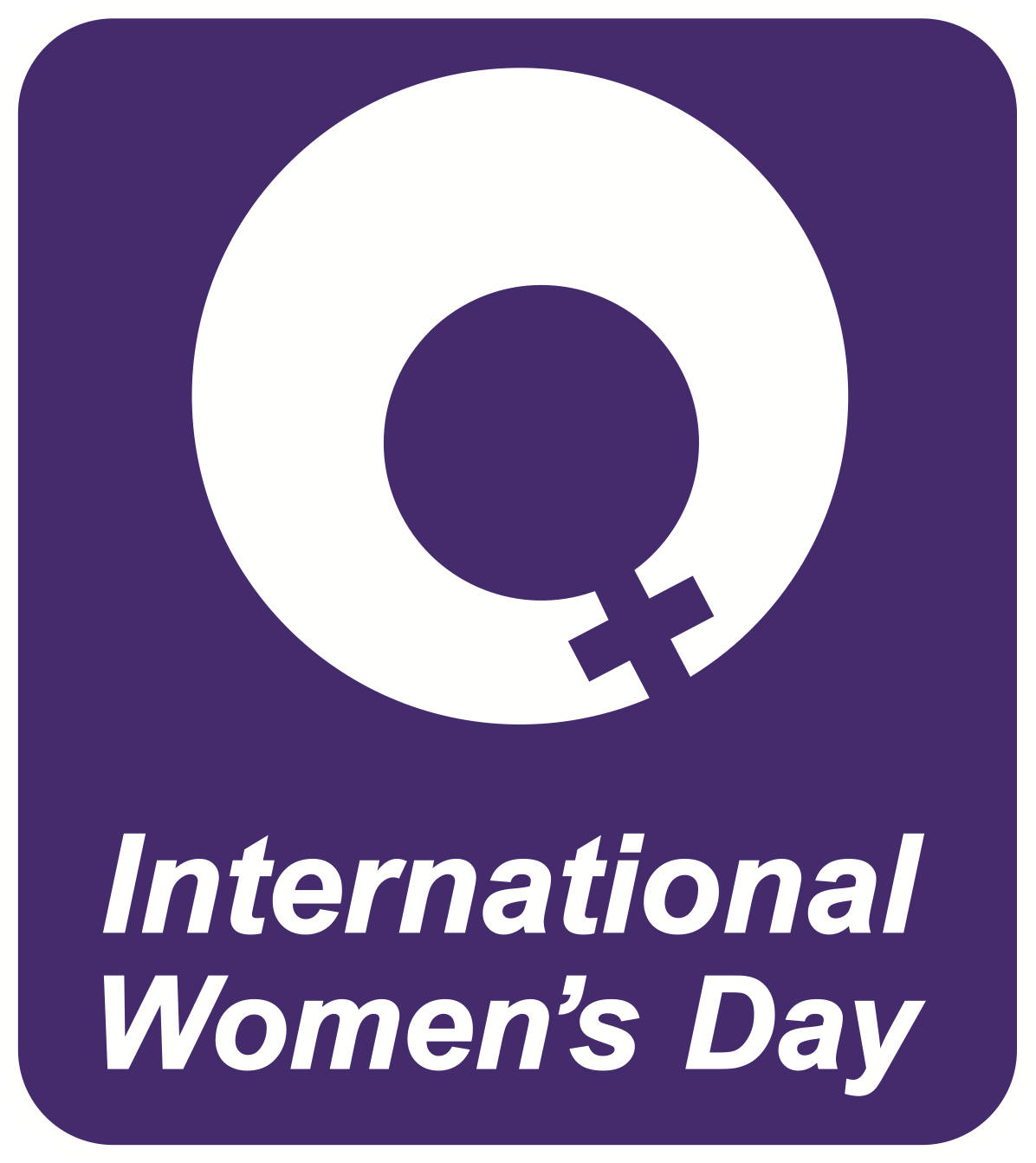 The first National Women’s Day was observed on February 28, 1909 in the U.S. following a declaration by the Socialist Party of America. Inspired in part by the American socialists, German Socialist Luise Zietz proposed the establishment of an annual 'International Woman's Day' (singular) and was seconded by fellow socialist and later communist leader Clara Zetkin, although no date was specified at a conference in Copenhagen in August 1910. The following year, 1911, the day was marked for the first time on March 18 by over a million people in Austria, Denmark, Germany and Switzerland.
The first National Women’s Day was observed on February 28, 1909 in the U.S. following a declaration by the Socialist Party of America. Inspired in part by the American socialists, German Socialist Luise Zietz proposed the establishment of an annual 'International Woman's Day' (singular) and was seconded by fellow socialist and later communist leader Clara Zetkin, although no date was specified at a conference in Copenhagen in August 1910. The following year, 1911, the day was marked for the first time on March 18 by over a million people in Austria, Denmark, Germany and Switzerland. -
-
March 8 is International Women’s Day, and what better way to celebrate it than by looking back at Swedish history as seen from a woman’s perspective? Contributing freelancer Lisa Mikulski today selected 10 women from a recent list of "Super talents" in turn selected by Swedish business journal Veckans Affärer for sweden.se: 10 Swedish Superwomen — an interesting group of successful and influential women today that all thrive by a long history of equality and a strong sense of value in an open and tolerant society, Sweden. A colorful (With Oscar winner Alicia Vicander topping the list of course, Sweden at the Oscars and impressive list for sure. And, while on colorful, Swedish designer Gudrun Sjödén today announced 'The Most Colorful Woman of The Year' at the Royal Opera; artist and radio personality Stina Wollter. More info, see www.facebook.com/gudrunsjoden.us
-
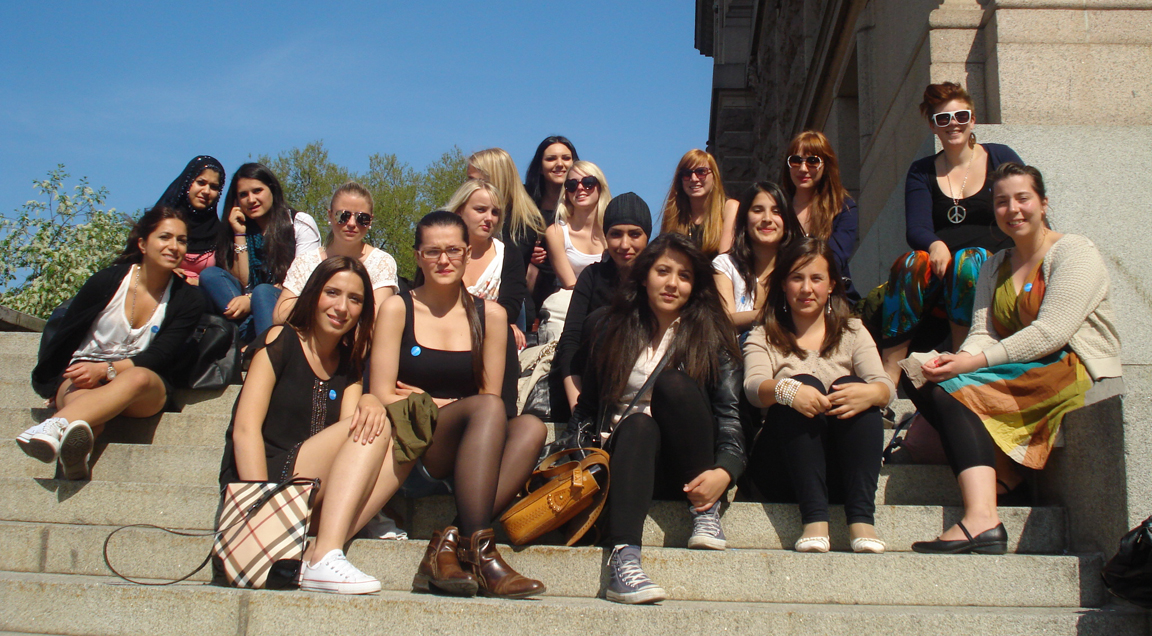 Working women live well in Sweden. Archive photo courtesy of Internationella kvinnoföreningen i Malmö.
Working women live well in Sweden. Archive photo courtesy of Internationella kvinnoföreningen i Malmö. -
-
Here’s a general outline celebrating how WOMEN'S RIGHTS have changed in Sweden from the 17th to 21st centuries:
-
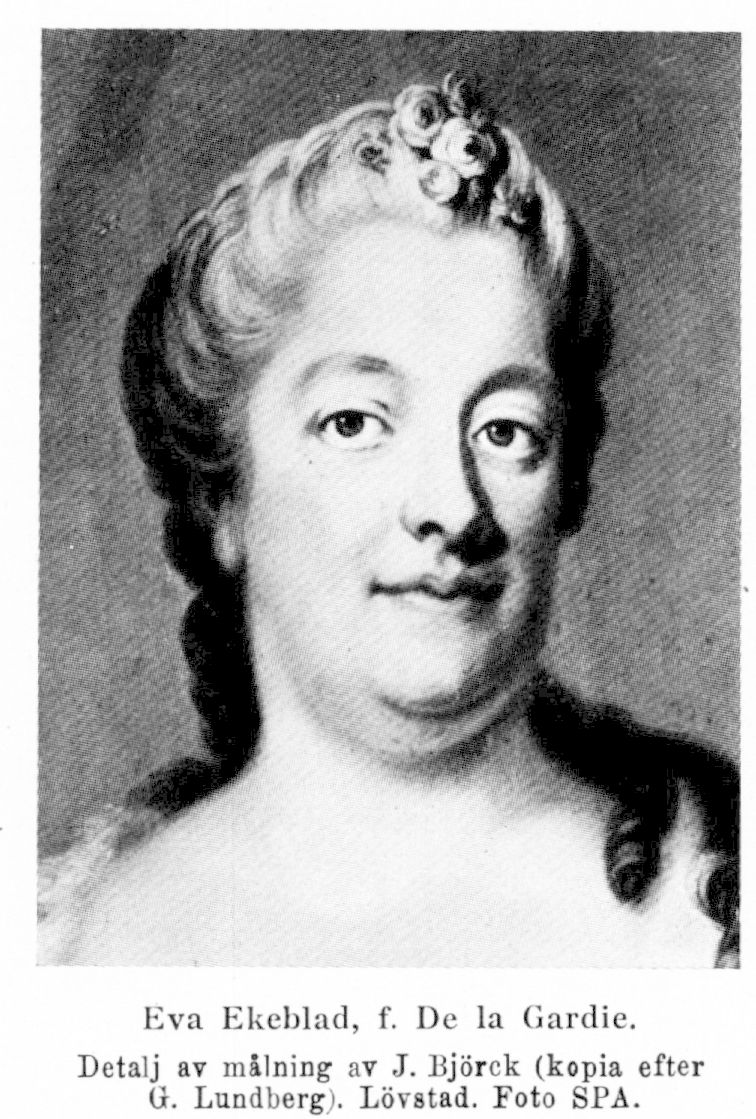 Celebrating Swedish women who made a difference: In 1748 the scientist Eva De la Gardie-Ekeblad became the first woman admitted to the Royal Swedish Academy of Sciences as she helped solve Sweden’s recurrent food crises - and in the process also discovered how to use potatoes to create vodka.
Celebrating Swedish women who made a difference: In 1748 the scientist Eva De la Gardie-Ekeblad became the first woman admitted to the Royal Swedish Academy of Sciences as she helped solve Sweden’s recurrent food crises - and in the process also discovered how to use potatoes to create vodka. -
1632 – A school for girls is founded in Västerås by Johannes Rudbeckius. The girls are being taught in catechism, reading, counting and other things that they might need later on.
-
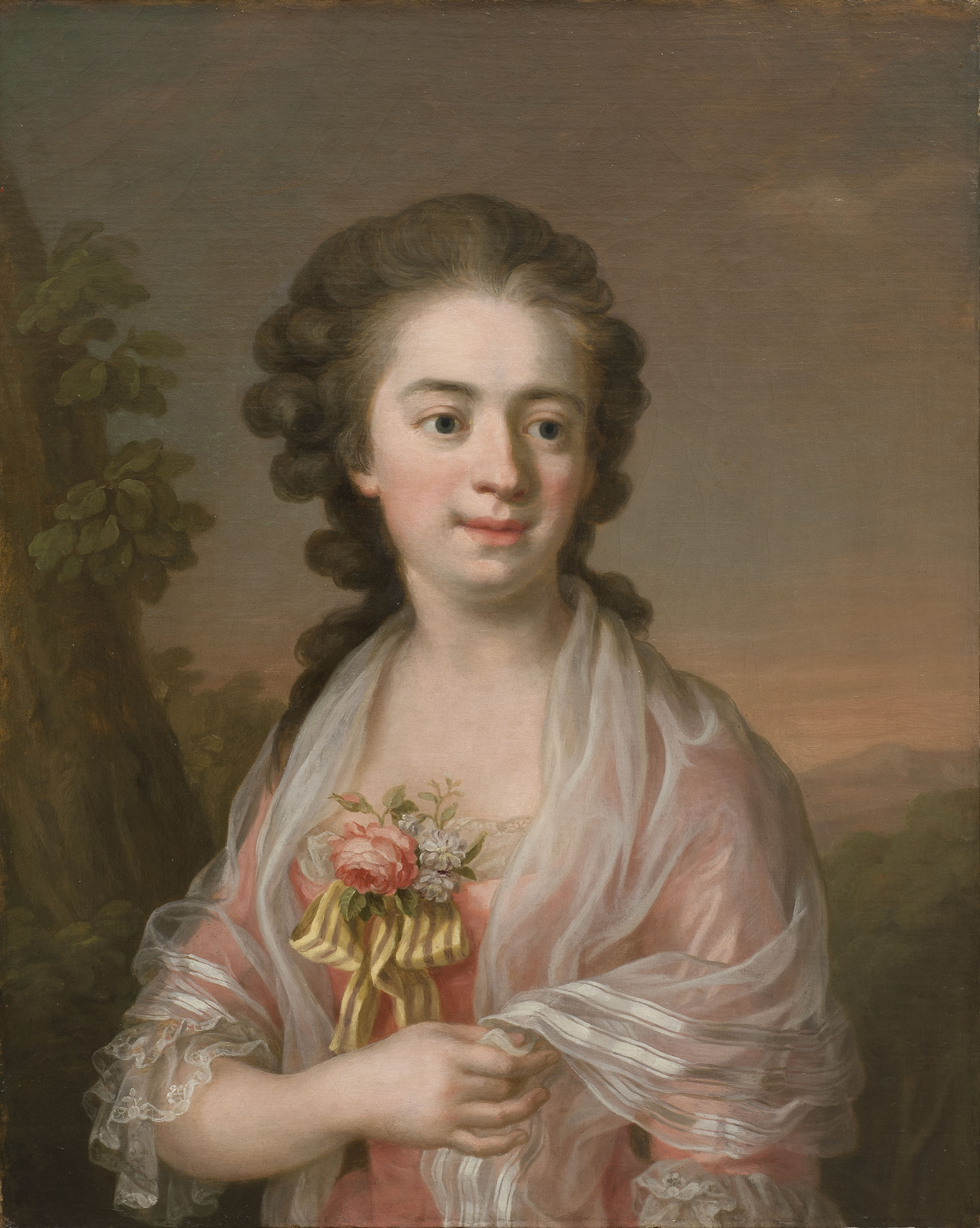 Painter and miniaturist Ulrika Pasch becomes the first member of the Swedish Academy of Arts in 1773.
Painter and miniaturist Ulrika Pasch becomes the first member of the Swedish Academy of Arts in 1773. -
1748 – Den Kungliga Vetenskapsakademien (The Royal Swedish Academy of Sciences) receives its first female member: Countess Eva De la Gardie-Ekeblad, an agronomist and scientist whose most known discovery was to make flour and alcohol out of potatoes (1746).
-
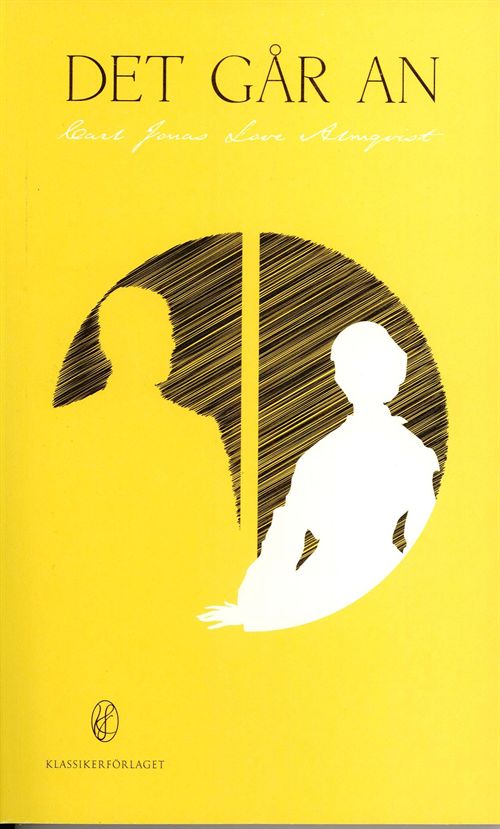 Carl Jonas Love Almqvist's book "Det går an," published in 1839, during a steamboat trip between Stockholm and Lidköping, a sergeant named Albert falls in love with the glazier's daughter Sara Videbeck. But Sara insists they live in an egalitarian marriage without a formal ceremony and without shared property (today known as living apart together). Sara asks at the end of the book: Går allt detta an, Albert? (Is all this acceptable, Albert?) The answer is: Det går an (It is acceptable).
Carl Jonas Love Almqvist's book "Det går an," published in 1839, during a steamboat trip between Stockholm and Lidköping, a sergeant named Albert falls in love with the glazier's daughter Sara Videbeck. But Sara insists they live in an egalitarian marriage without a formal ceremony and without shared property (today known as living apart together). Sara asks at the end of the book: Går allt detta an, Albert? (Is all this acceptable, Albert?) The answer is: Det går an (It is acceptable). -
1773 – Konstakademin (Swedish Academy of Arts) receives its first female member, Ulrika Pasch. Also the first woman’s magazine is published by Anna Hammar-Rosén. It’s called “Hvad nytt? Hvad nytt?” (What’s new? What’s new”), and it is rumored to have been of high literary quality.
-
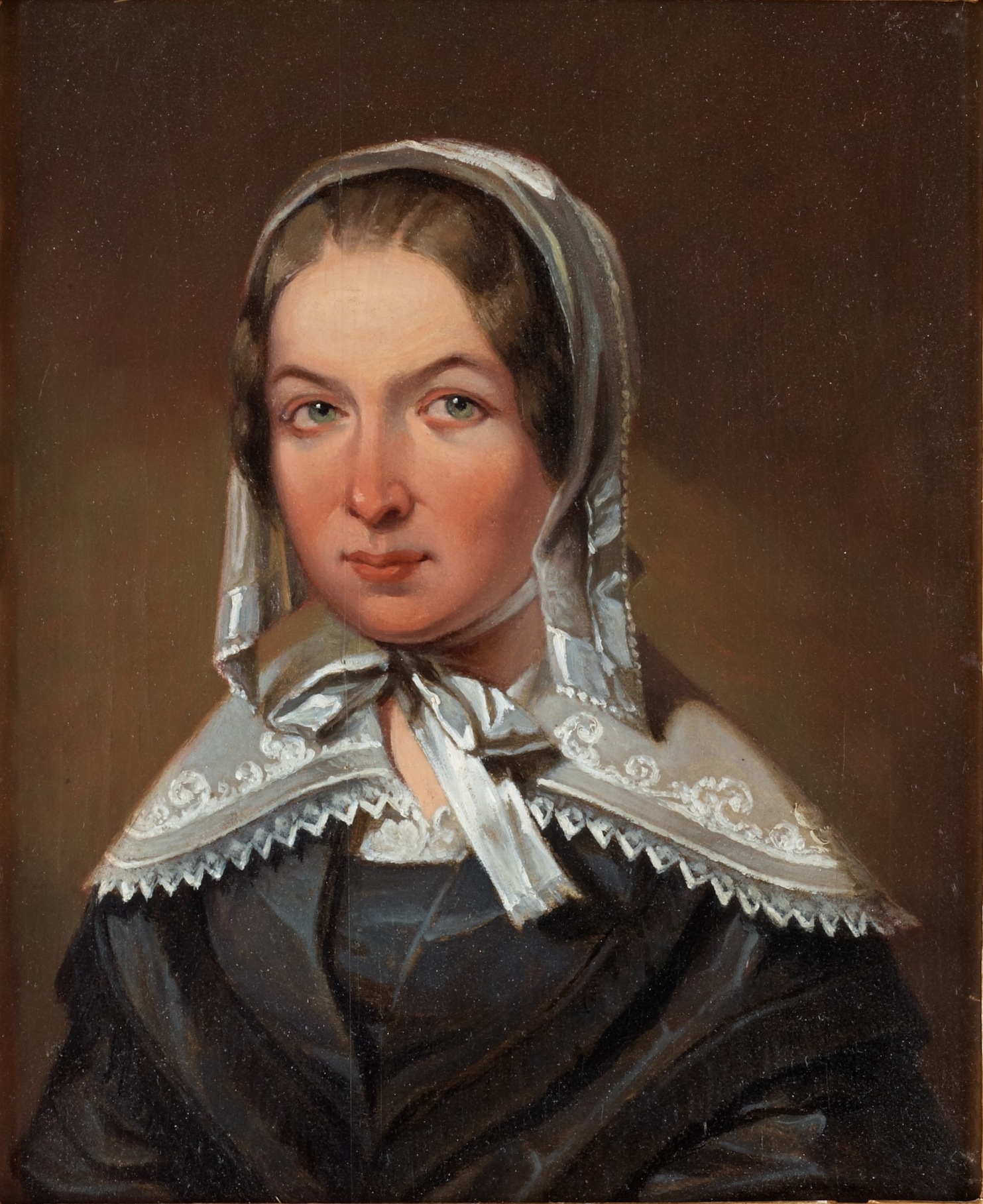 Swedish writer and a feminist activist Fredrika Bremer. The association Fredrika Bremer-förbundet was founded in 1884.
Swedish writer and a feminist activist Fredrika Bremer. The association Fredrika Bremer-förbundet was founded in 1884. -
1839 – Carl Jonas Love Almqvist’s book feminist book “Det går an” is published
-
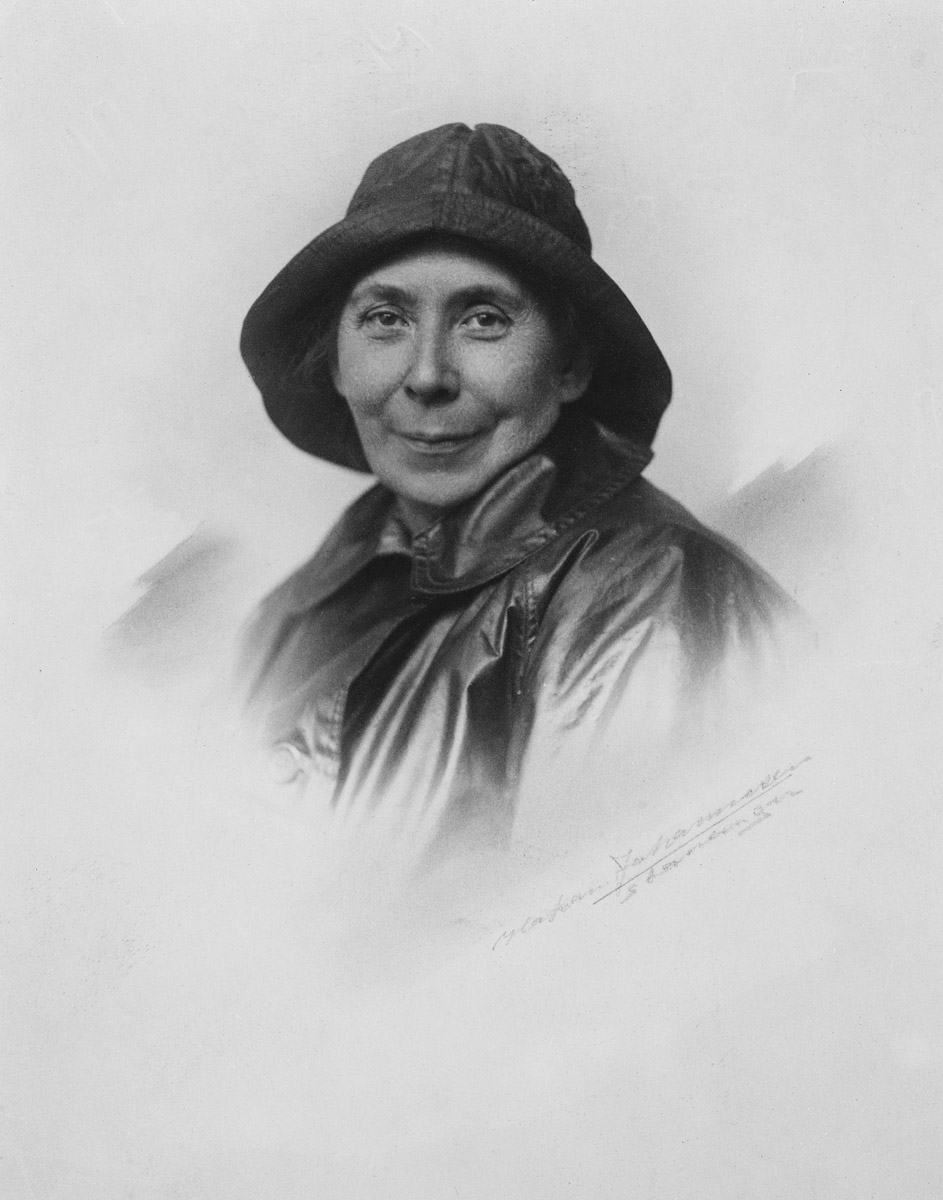 One of Sweden’s leading socialist agitators and leftist writers of her time, Kata Dahlström becomes the first woman in the Social Democratic Party executive in 1900.
One of Sweden’s leading socialist agitators and leftist writers of her time, Kata Dahlström becomes the first woman in the Social Democratic Party executive in 1900. -
1845 – Equal right of inheritance for men and women is being introduced.
-
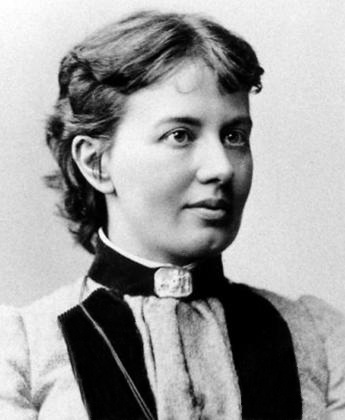 Russian mathematician Sonya Kovalevsky becomes the first female university professor in Sweden in 1886.
Russian mathematician Sonya Kovalevsky becomes the first female university professor in Sweden in 1886. -
1846 – Unmarried women (including widows and divorcees) are permitted to work with crafts and certain trade.
-
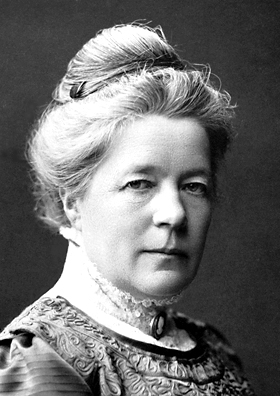 Selma Lagerlöf receives the Nobel Prize in Literature in 1909.
Selma Lagerlöf receives the Nobel Prize in Literature in 1909. -
1853 – Women are given the right to teach in smaller folk schools.
-
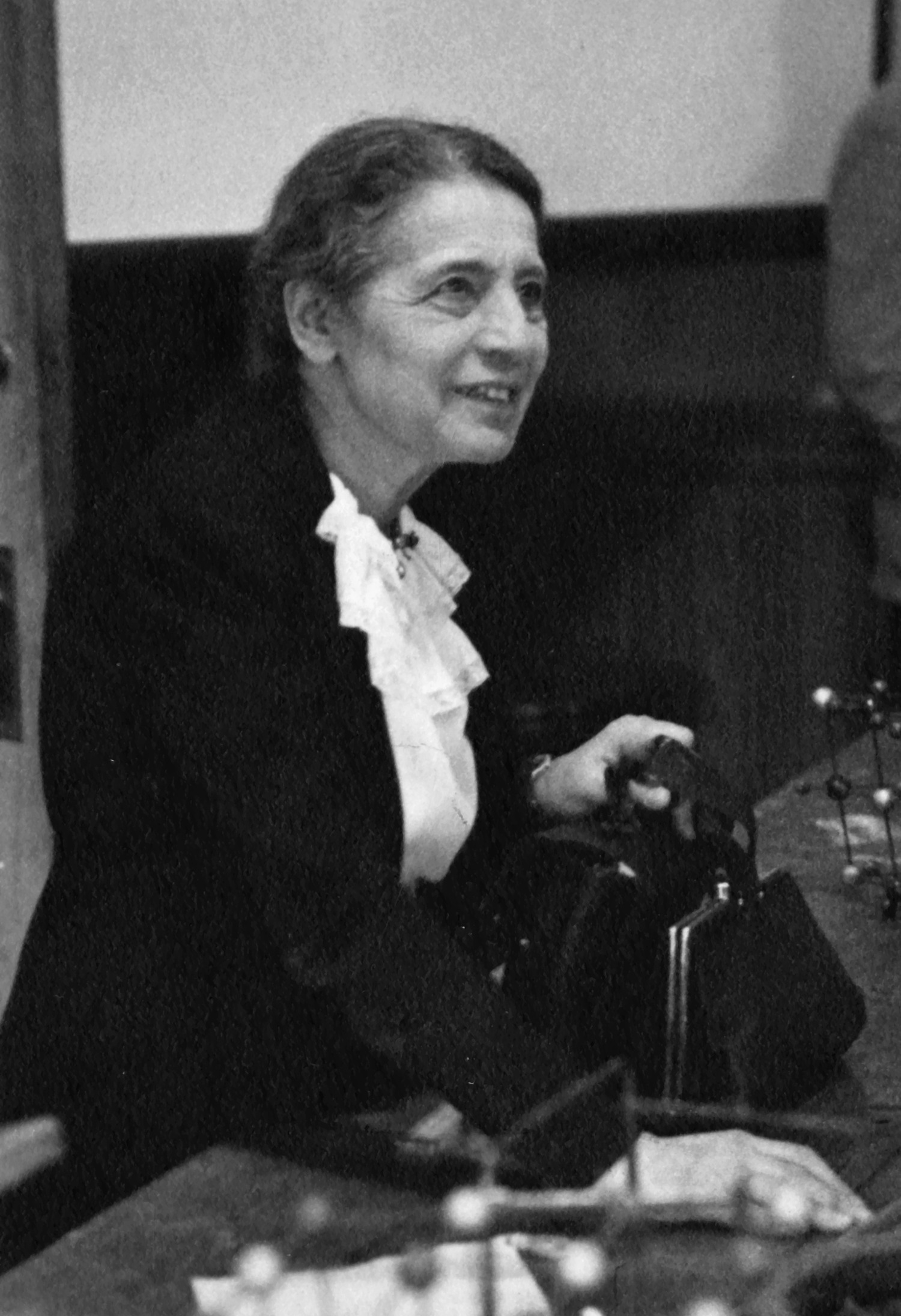 In 1945 Austrian physicist Lise Meitner becomes the first female member of the Swedish Academy of Science.
In 1945 Austrian physicist Lise Meitner becomes the first female member of the Swedish Academy of Science. -
1858 – An unmarried woman who has turned 25 may be considered “of lawful age” if she applies for it in court. Should she then marry she loses this privilege.
-
 In 1947, Karin Kock becomes Sweden’s first female local government commissioner. Here she is seen next to Prime Minister Tage Erlander.
In 1947, Karin Kock becomes Sweden’s first female local government commissioner. Here she is seen next to Prime Minister Tage Erlander. -
1864 – Men lose their rights to lawfully own their wives.
-
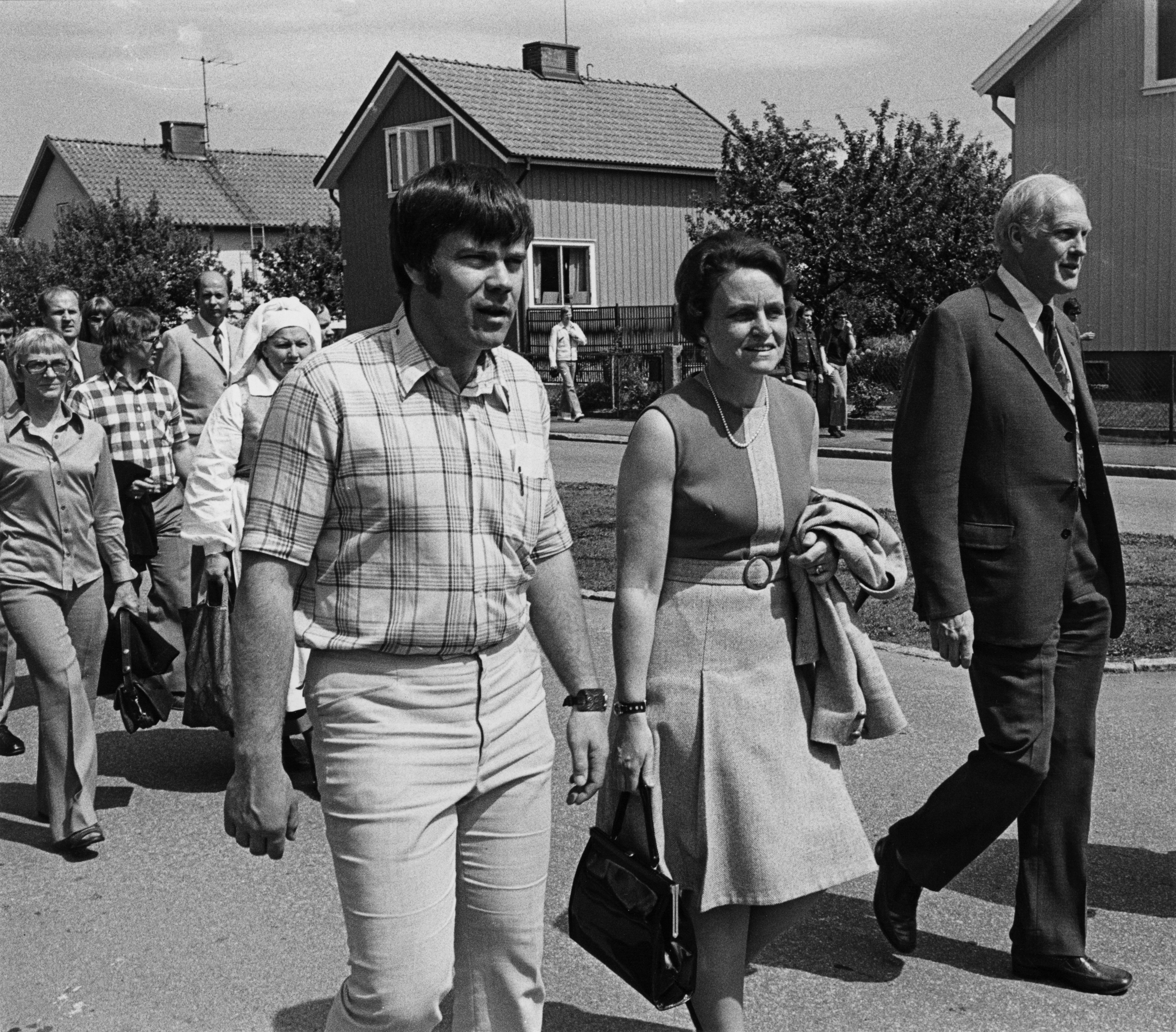 Karin Söder becomes Sweden’s first female party leader (the Center Party). The year is 1985. These are just a few of many Swedish (and foreign) women who have helped pave the way for a more equal society in Sweden.
Karin Söder becomes Sweden’s first female party leader (the Center Party). The year is 1985. These are just a few of many Swedish (and foreign) women who have helped pave the way for a more equal society in Sweden. -
1872 – Women may decide for themselves who they want to marry.
-
1873 – Women may pass academic examinations at universities, albeit not in theology or law.
-
1884 – The Fredrika Bremer Association is founded.
-
1886 – The first women’s trade union is founded: Home seamstresses in Lund. Russian mathematician Sonya Kovalevsky becomes the first female university professor.
-
1888 – The first female with a Medical Licentiate, Karolina Widerström.
-
1900 – Kata Dahlström becomes the first woman in the Social Democratic Party executive.
-
1901 – Right to time off (without salary) for women after they’ve given birth.
-
1909 – Selma Lagerlöf receives the Nobel Prize in Literature.
-
1913 – Anna Herslow and Kristina Frank become the first city councilwomen, Malmö.
-
1914 – Selma Lagerlöf becomes the first female member of the Swedish Academy.
-
1919 – Women get the right to vote.
-
1921 – The law of a woman’s virginity at marriage is cancelled.
-
1935 – Women get the same kind of state pension as men.
-
1936 – Women employed by the state get the right to take a leave of absence during pregnancy and birth. Paid.
-
1937 – Equal salaries for male and female elementary school teachers.
-
1937-1938 – The ban against the use, information and sales of contraceptives is abolished.
-
1945 – Austrian physicist Lise Meitner becomes the first female member of the Academy of Science.
-
1947 – Child benefit for everyone is established. Karin Kock becomes Sweden’s first female local government commissioner.
-
1949 – Women, along with men, are acknowledged as guardians of their children.
-
1955 – Women are allowed 90 days of maternity leave.
-
1958 – Women are allowed to become pastors.
-
1960 – Same salary for same work for men and women.
-
1964 – Oral contraceptive pills are approved.
-
1970 – Equal rights are written into the curriculum at schools.
-
1972 – The first March 8 demonstration takes place. Arranged by Grupp 8.
-
1975 – A new abortion law is being introduced. Now the woman may decide herself regarding abortion up to the 18th week of pregnancy.
-
1976 – Anna Christensen becomes the first female professor of law.
-
1979 – Parents of young children have the right to 6-hour workdays.
-
1982 – Domestic violence is subject to public prosecution. Women may chose to keep their maiden name at time of marriage.
-
1983 – All professions are open for women. Even the ones in Swedish national defense.
-
1985 – Karin Söder becomes Sweden’s first female party leader (the Center Party).
-
1994 – The Swedish Parliament becomes the most equal in the world, of the 349 members, 144 are women.
-
1997 – Christina Odenberg becomes the first female bishop.
-
1998 – A law banning the sale of sexual favors.
-
2000 –Wanja Lundby-Wedin becomes the first female chairwoman of the trade union LO.
-
In a country like Sweden it is relatively good to be a woman. That is, in general; there are severe exceptions such as women without papers who are hiding and have no access to protection from abuse. Read more - Battered 'paperless' women
-
Sweden's 101 super talents of 2016 by Veckans Affärer
-
-
-
